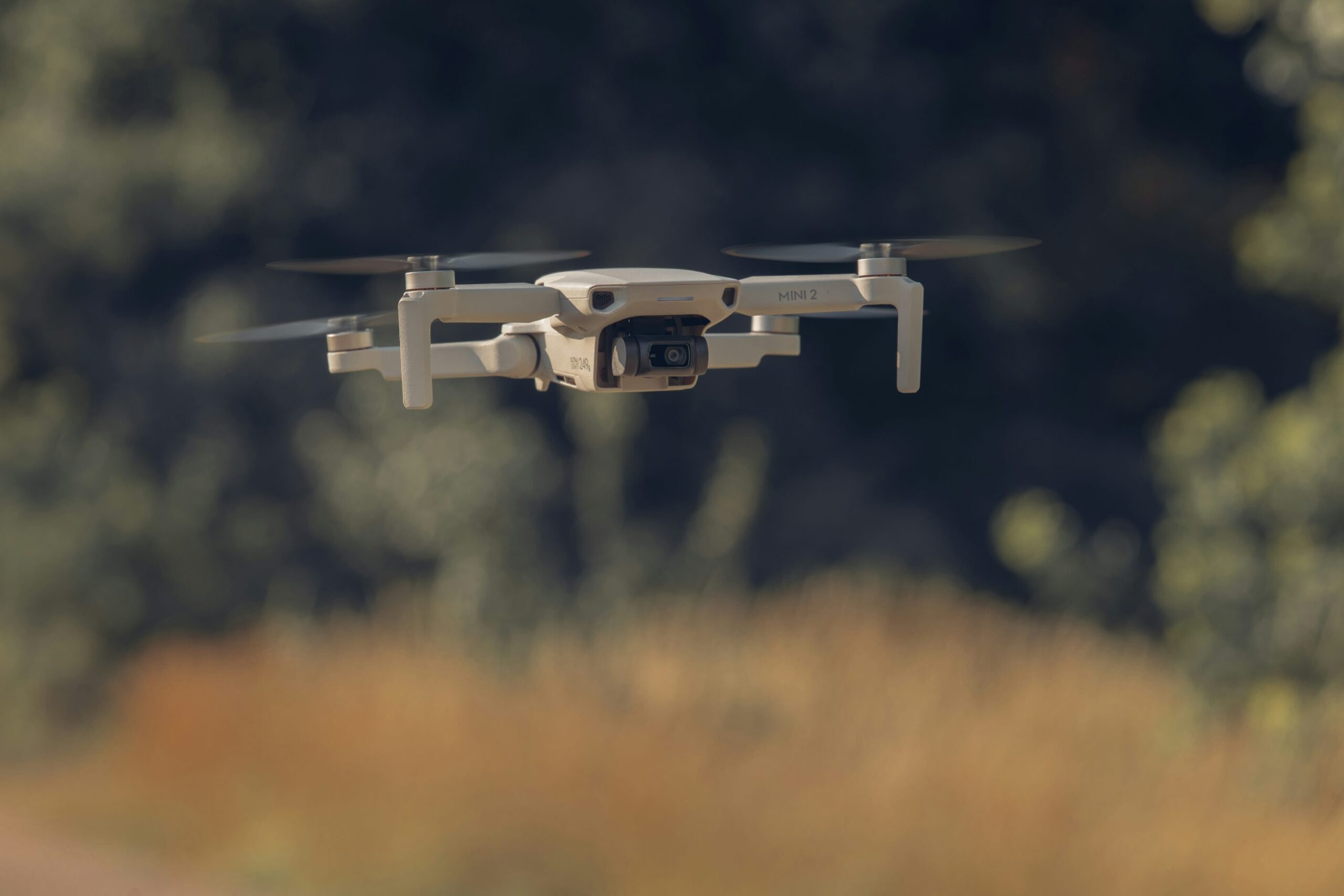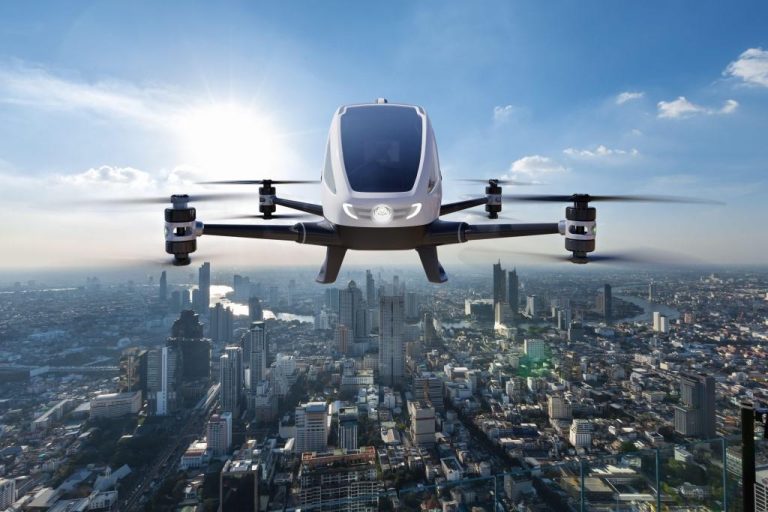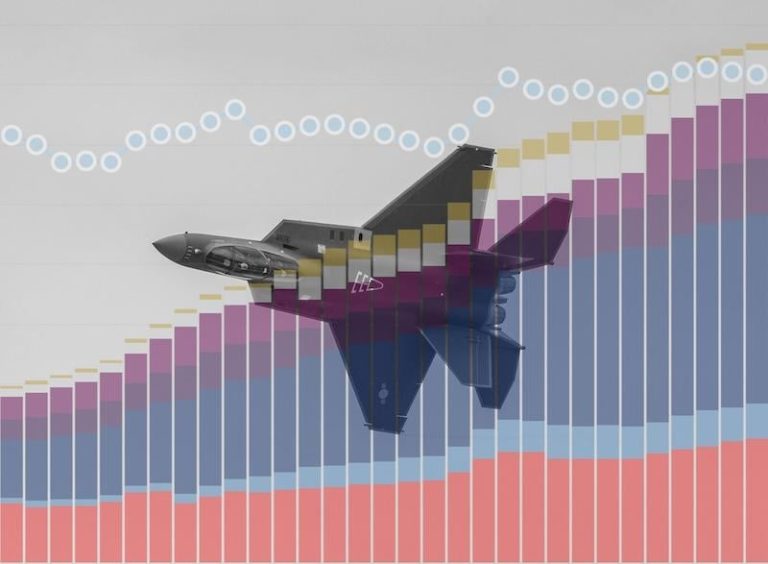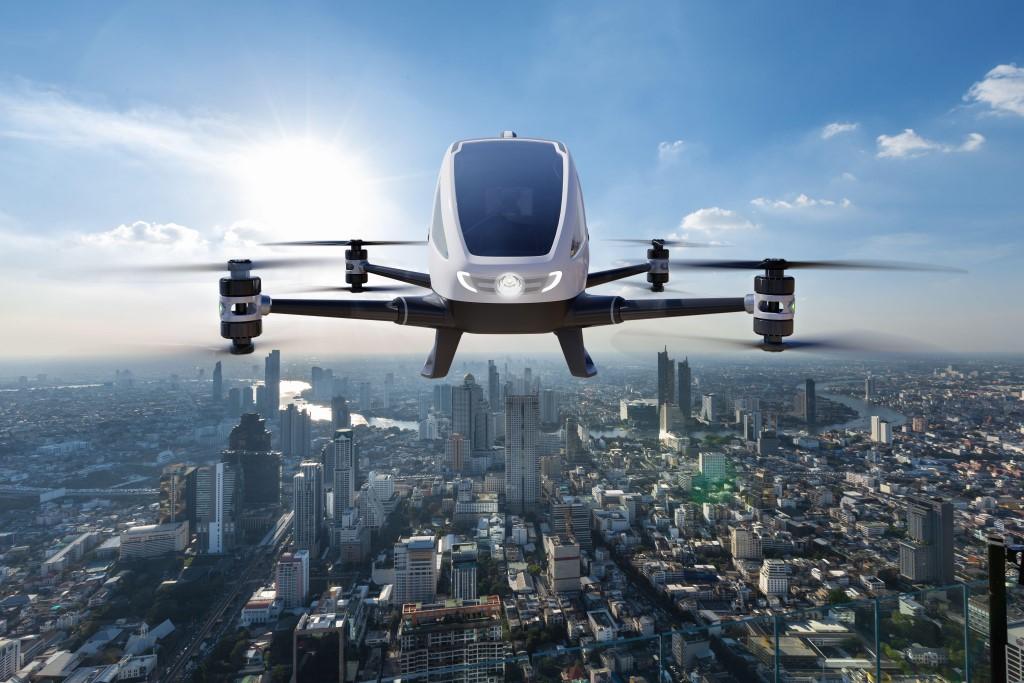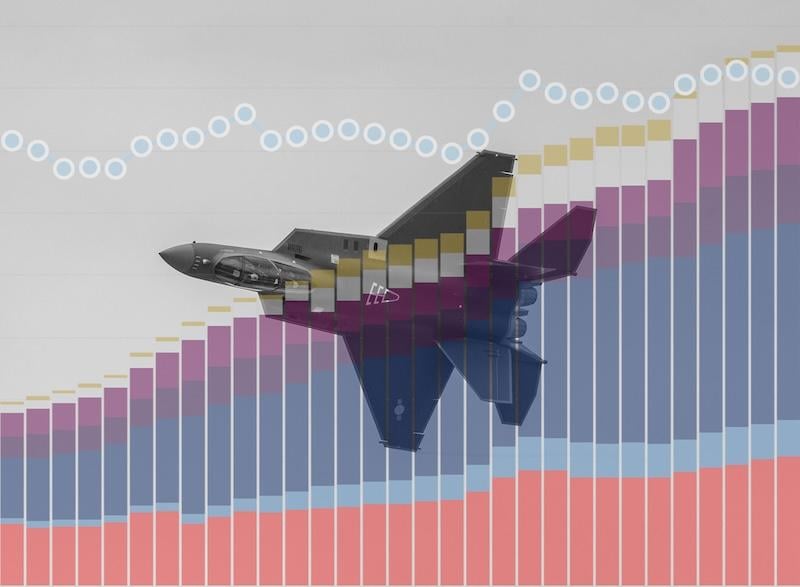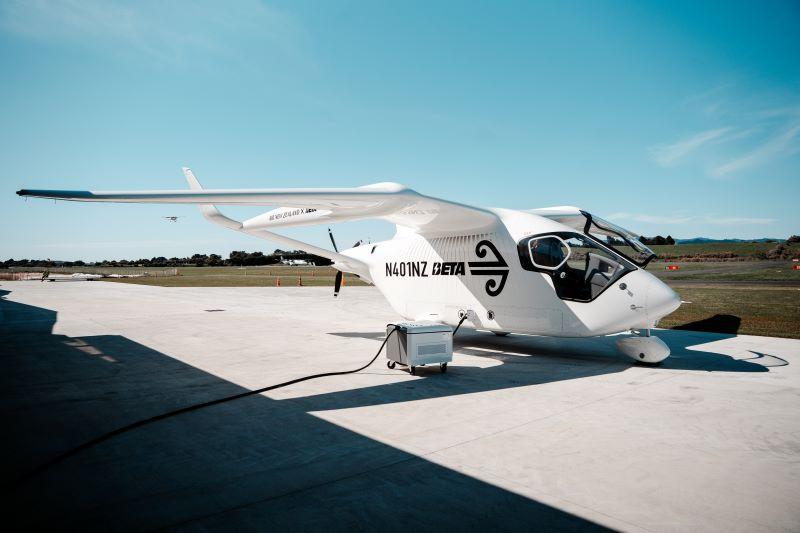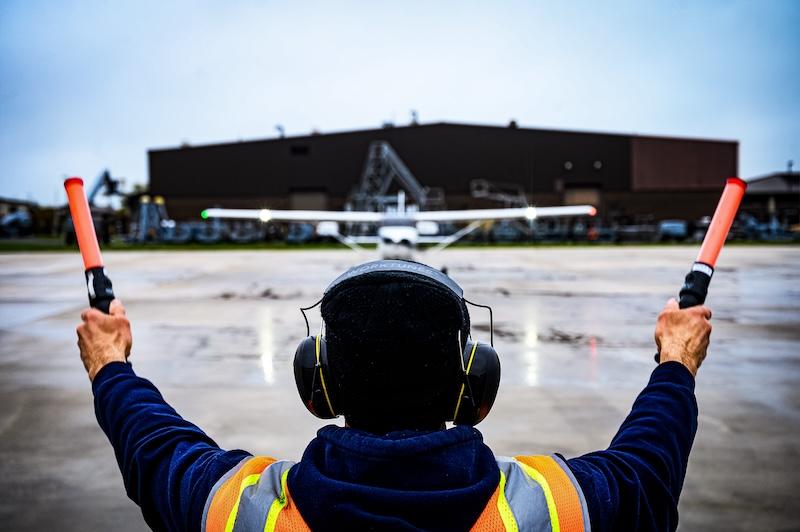In the past two decades, drones have moved from experimental tools to becoming a central part of military aviation. Known formally as Unmanned Aerial Vehicles (UAVs), they are changing how wars are fought by offering surveillance, precision strikes, and even cargo transport.
Countries such as the U.S., Turkey, Israel, and China have pioneered drone development. The U.S. military has relied heavily on the MQ-9 Reaper for long-endurance surveillance and strike missions. Meanwhile, Turkey’s Bayraktar TB2 has proven itself in conflicts such as those in Syria, Libya, and Ukraine, earning global recognition for its affordability and effectiveness.
Drones offer a number of advantages over manned aircraft. They reduce risk to human pilots, can stay airborne for much longer durations, and are significantly cheaper to operate. Advanced models are now capable of carrying precision-guided munitions, making them formidable tools in combat.
Another growing trend is the use of drone swarms. Instead of relying on a single UAV, militaries are experimenting with large groups of drones that can overwhelm enemy defenses and coordinate attacks through artificial intelligence.
However, drones are not without challenges. They are vulnerable to electronic warfare, jamming, and advanced air defense systems. As technology spreads, adversaries are also developing their own UAVs, leading to a rapidly escalating arms race in unmanned aviation.
Looking forward, drones are expected to play an even greater role. Future concepts include loyal wingman programs, where drones fly alongside manned fighter jets to provide extra firepower and reconnaissance. Cargo drones could revolutionize battlefield logistics by delivering supplies without risking transport aircraft.
The integration of drones into every aspect of military operations is inevitable. Just as aircraft redefined warfare in the 20th century, UAVs are reshaping the 21st century battlefield.

